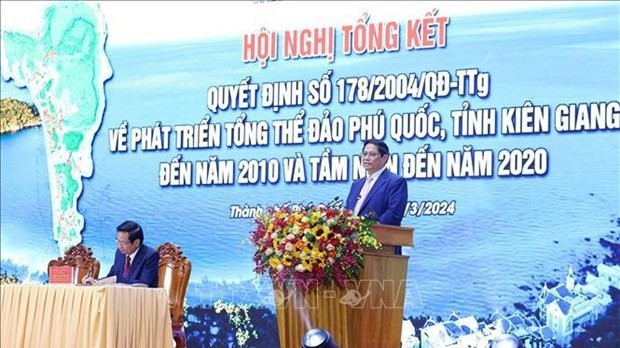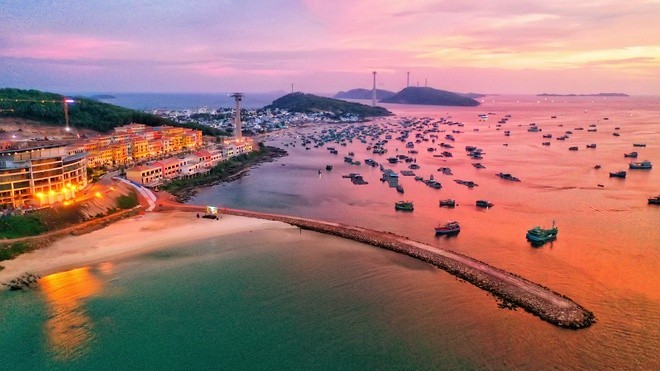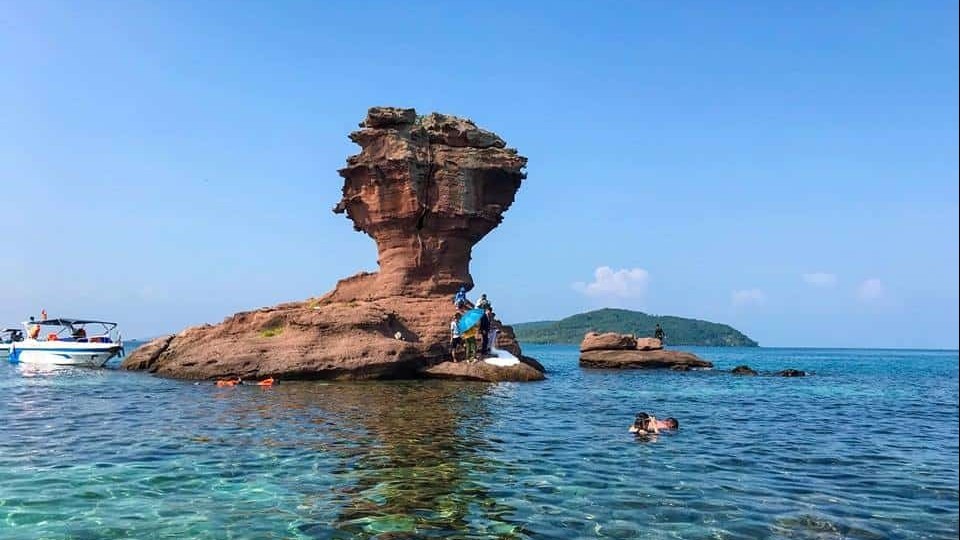
Phu Quoc – from “Hell on Earth” to nation’s first island city
Latest
 |
| Scuba diving experience in Phu Quoc. (Photo: Internet) |
Before the liberation of the southern region on April 30, 1975, the US and its puppet administration in the South built Phu Quoc prison to confine Vietnamese revolutionary soldiers, who were subjected to barbaric forms of tortures such as nailing on hands, feet and even head, stabbing the burned copper wires into the skin, drilling teeth, and burning and burying alive.
The prison was used for six years between July 1967 and January 1973. During that time, 4,000 people died in the jails and thousands of those who survived were handicapped for the rest of their lives.
However, the island has risen above the pain of war, and shot to stardom as a dynamic economic zone in recent years, with local production value grew average of more than 13 percent during 2015-2020.
Phu Quoc Island officially became the country’s first island city on January 1, 2021. The establishment of Phu Quoc city plays an important role in the province’s socio-economic development and in asserting the country’s sovereignty over its waters and islands.
The island has an international airport, with many foreign airlines operate both commercial and charter flights to the island.
The Government has identified Phu Quoc as one of the destinations in the country that will help revive international tourism after the COVID-19 pandemic is contained.
Blessed with white sand, turquoise beaches and balmy weather nearly year-round, with two-thirds of the island covered in tropical forests, Phu Quoc is truly a tourism paradise.
It is the largest island in the country at 590,000sq.km, almost the same size as the city-state Singapore, and is known for white-sand beaches and resorts, mostly located along its palm-lined southwestern coast.
The Phu Quoc National Park, with mountains, dense tropical jungle, hiking trails and wildlife, covers more than half of the island.
Apart from the natural beauty, tourists are also attracted by the island’s luxury resorts, golf courses, animal safari, and casinos.
The island is geographically close to other parts of Southeast Asia and near several international freight routes and can be reached in less than two hours by air from major cities in the region.
The island has worked to facilitate economic development, and called strategic investors such as VinGroup, SunGroup, BIMgroup and CEOgroup, among others.
Chairman of the city People’s Committee Huynh Quang Hung said that investors have registered some US$16 billion in 328 projects in the city, stressing tourism projects have cast a new look to the “pearl” island.
The city has focus resources to develop socio-economic infrastructure, several of works were completed and put into completion such as An Thoi international port, Duong Dong port and south-north highway.
According to Secretary of the island city’s Party Committee Tong Phuoc Truong, Phu Quoc envisages becoming a high-end tourism and service hub, as well as a sci-tech centre of the nation and region.
The island city is working towards sustainable development in tandem with historical and cultural preservation, and national security protection, he added.
















